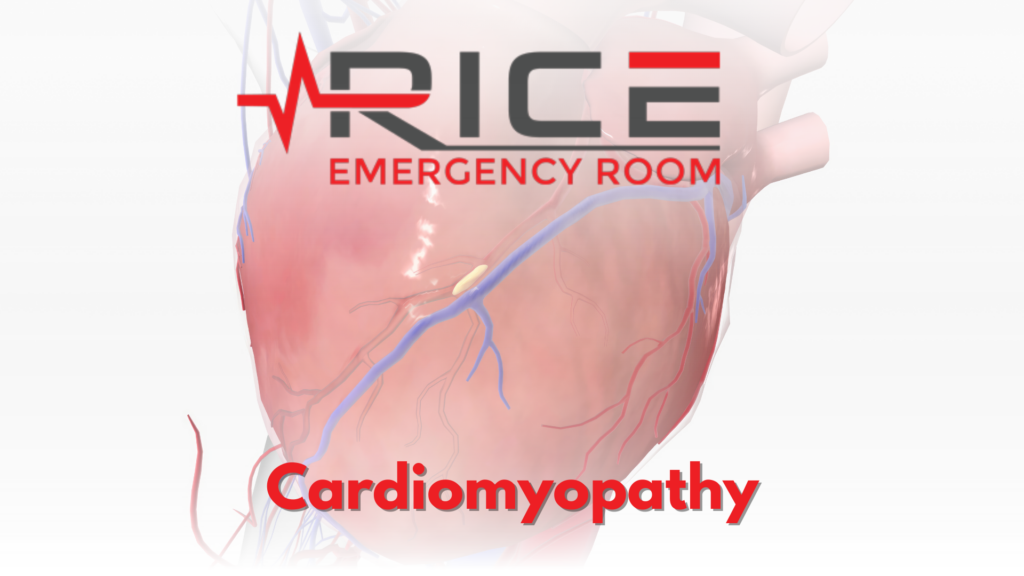Heart disease has emerged as the leading cause of death for women in the recent years. Long considered a predominantly male affliction, heart disease has quietly become a formidable threat to women’s health. Let’s delve into the reasons behind this shift, the risk factors unique to women, and the importance of awareness and preventive measures.
Understanding the Gravity of the Situation
Heart disease’s reign as the number one killer among women is a stark reality that demands our attention. According to the Centers for Disease Control and Prevention (CDC), heart disease claims the lives of approximately 299,578 women annually in the United States alone, far surpassing the toll of other diseases. The gravity of this situation cannot be overstated, making it imperative for to understand the intricacies of heart disease, its symptoms, and the steps they can take to safeguard their cardiovascular health.
Risk Factors for Women
Contrary to common perception, women are not immune to heart disease, and their risk factors may differ from those of men. Biological factors such as hormonal changes, pregnancy complications, and menopause play a crucial role in increasing women’s susceptibility to heart disease. Additionally, lifestyle choices, including smoking, poor diet, lack of physical activity, and excessive stress, contribute significantly to elevating the risk of heart disease. (NHLBI)
Understanding these risk factors is pivotal, as it empowers women to take proactive measures to reduce their chances of developing heart disease. Embracing a heart-healthy lifestyle, which includes a balanced diet, regular exercise, and stress management, can significantly mitigate these risk factors.
The Silent Symptoms of Heart Disease in Women
Heart disease often presents itself differently in women than in men, making it crucial to recognize the subtle symptoms that may go unnoticed. While men typically experience chest pain as a primary symptom, women may have more subtle signs such as fatigue, shortness of breath, nausea, and back or jaw pain. Unfortunately, these atypical symptoms often lead to delayed diagnosis and treatment, underscoring the importance of raising awareness about the unique manifestations of heart disease. (Mayo Clinic)
The Role of Awareness
One of the critical steps towards combating heart disease is spreading awareness. The American Heart Association’s “Go Red for Women” campaign is a noteworthy initiative aimed at raising awareness about heart disease. By encouraging everyone to wear red and donate, the campaign not only fosters a sense of community but also supports research and educational programs that are vital in the fight against heart disease.
Regular health check-ups and screenings are also essential for early detection and intervention. Women, in consultation with their healthcare providers, should monitor their blood pressure, cholesterol levels, and other key indicators regularly. The timely identification of risk factors and early intervention can be instrumental in preventing the progression of heart disease. (Mayo Clinic)
Heart disease’s ominous rise as the leading cause of death for women necessitates urgent attention and action. Understanding the unique risk factors, recognizing the subtle symptoms, and fostering awareness are pivotal steps in the battle against this silent killer. By embracing a heart-healthy lifestyle, staying vigilant about potential symptoms, and supporting initiatives like “Go Red for Women,” women can take charge of their cardiovascular health and work towards a future where heart disease is no longer the leading threat to their well-being. The time to act is now, and together, we can turn the tide against heart disease.
Works Cited
American Heart Association. “Wear Red & Give.” Go Red for Women. https://www.goredforwomen.org/en/get-involved/give/wear-red-and-give
Centers for Disease Control and Prevention (CDC). “Heart Disease.” https://www.cdc.gov/heartdisease/women.htm
Mayo Clinic. “Heart Disease.” https://www.mayoclinic.org/diseases-conditions/heart-disease/in-depth/heart-disease/art-20046167
National Heart, Lung, and Blood Institute (NHLBI). “Coronary Heart Disease.” https://www.nhlbi.nih.gov/health/coronary-heart-disease/women




